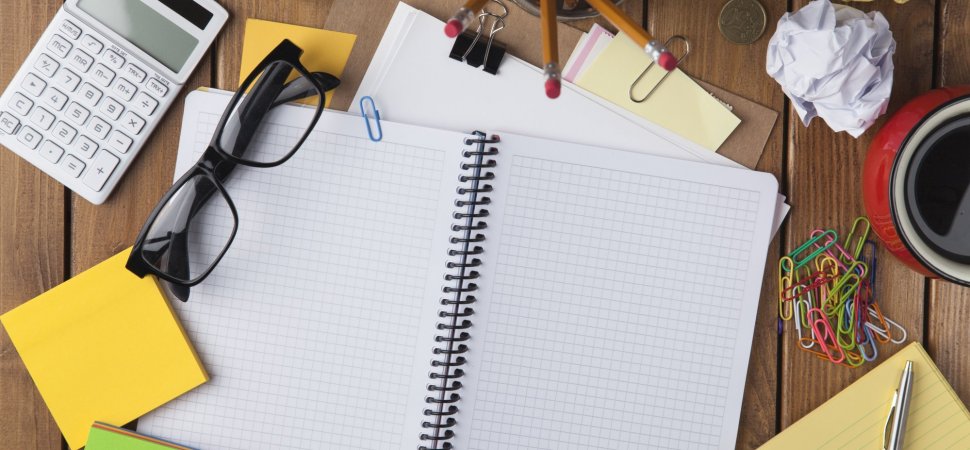Study after study have shown the downside of a cluttered environment. It restricts your brain’s capacity to focus and process information. A messy desk is distracting. It can even produce guilt, shame, anxiety, and, at extremes, anger. All in all, most studies support the idea of keeping a neat, organized environment–especially in the office.
Yes, researchers have certainly proven the negative effects of clutter, and entrepreneurs who need to be productive are well-served by a clutter-free existence. However, some studies have concluded that clutter supports creativity.
Turns out that your messy office may enhance your ability to tap into the creative solutions and ideas required to grow your business. Apparently, clutter helps us to think outside the lines of conventional reasoning. Or, as we say, think outside of the box.
“There are some benefits to a neat environment,” says Joseph Redden, an assistant professor of marketing at the University of Minnesota’s Carlson School of Management. Redden is also one of the co-authors of the study. “These include finding what you want quickly, not accidentally throwing things out, having more space to move around, etc. We are simply observing that there is also a cost to this clean environment–for instance, less creativity.”
In this study, Redden and his colleagues conclude that, “Disorderly environments seem to inspire breaking free of tradition, which can produce fresh insights.” In contrast, the researchers found that orderly environments encourage convention and playing it safe.
“Being creative is aided by breaking away from tradition, order, and convention,” Redden and his colleagues conclude in their paper. “A disorderly environment seems to help people do just that.”
Experiment with clutter versus clean.
Are you someone who has a difficult time remaining organized in your work environment? I sometimes struggle with it, as my disdain of filing really gets in the way of maintaining a clean desk. Yet, when I do file away all of those loose papers, my productivity soars and I feel much more at peace.
So, I tried a little experiment after reading the study. With my desk appropriately cluttered, I worked on a few tasks that require stronger levels of concentration. These were tasks I don’t like doing, like organizing my tax paperwork and updating QuickBooks. I noticed my stress level inching up, reaching its peak when my computer wouldn’t load a QuickBooks online page. Aware of my objective, I stopped what I was doing, took several deep breaths, and tidied up the office. After about 15 minutes, I went back to work and found success in getting my numbers and paperwork in order with little to no stress.
While these results were telling, they were not surprising. Remaining in my now tidy office, I moved my attention to a more creative task: mind mapping a new online class offering. It wasn’t long before I had a headache. It felt as though I was forcing ideas to surface. I was blocked.
Again, I stopped what I was doing and pulled out stacks of colorful paper, sticky notes, markers, and a few helpful books. I even brought a few vibrant throws into the office and scattered them around on the furniture. Adding a bowl of fruit for its textures, scent, and color, I went back to the drawing board. What a difference. I didn’t create a masterpiece (yet) but I drafted the outline and general content ideas for the entire course. Yes, there’s something to this study.
Creative people color outside the lines, and their environment is often a reflection of that. Let this new information serve as your permission to let go of the apologies and guilt when things get a bit messy. Bask in your environment as it is, and enjoy life outside of the box.












